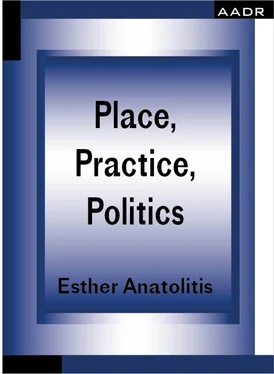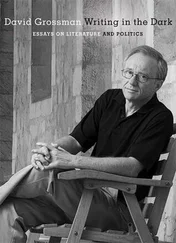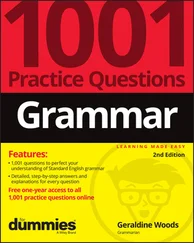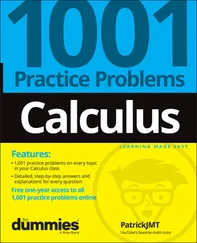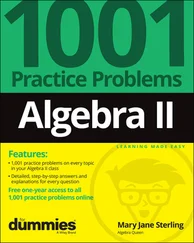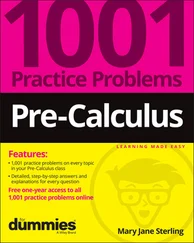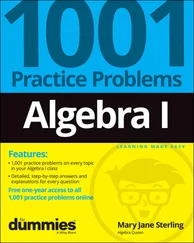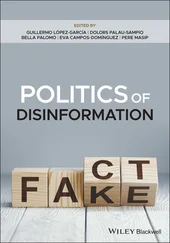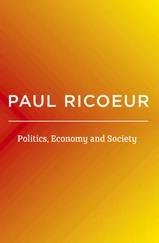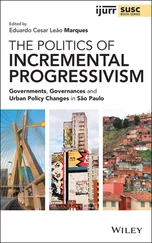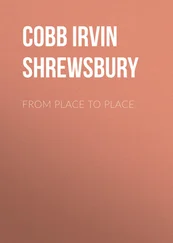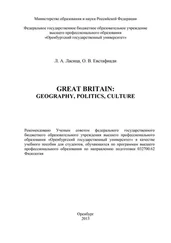The curatorial framework is what makes a critical response possible. It can determine the scope of that critical response. It can present experimentation as research in ways that connect with practitioners working academically. It creates new spaces for the production of knowledge, while challenging our understanding of what constitutes knowledge.
The framework is an ethics, a context, a terms of engagement. It primes the work of art for interpretation. It translates the work into the language of purpose and provocation.
Changing a curatorial framework can change a great deal more than the relationship between inert objects. When Louise Tegart, as the new director of the Ballarat Art Gallery, Australia’s oldest gallery, rehung the collection, it caused significant cultural shifts in this small regional Australian city.
When I was director of Craft Victoria – a craft and design organisation with a gallery, shop and public program – I had a minority of board members who questioned whether we needed to employ a curator at all, and after my leadership period, they demoted the role and its title. It startled me how little understanding and indeed confidence they expressed (this is well over a decade ago) in the role of that public institution. Was it a question of intellectual intimidation? Or was there something else at play: an anxiety towards the political dimensions of rigour and criticality?
The framework is a premise, a thesis, perhaps a tentative hypothesis, but it also has a political dimension: it takes a position.
THE POLITICAL
There is no such thing as a politically neutral position. Any time you see one claimed – or, perhaps instead, the claim that ‘this isn’t political’ – this is your cue to expose that position of privilege.
All over the world, we’re seeing social and cultural frameworks actively collapsed by political operators who are deeply insecure about the loss of that privilege.
In Australia, the prime minister describes model citizens as “quiet Australians” who aren’t “complaining about their rights”. He speaks of their desire to see “politics off the front pages”, and when pressed in a media conference on a complex matter, he dismisses the question as part of the “Canberra bubble” 4that doesn’t matter to everyday citizens.
The political agenda that the prime minister would prefer wasn’t scrutinised includes: dismissing First Nations sovereignty, a Voice to Parliament and the Uluru Statement from the Heart; rolling back gender equality reforms; treating asylum seekers with cruelty; building the biggest coal mine in the world; taking no action on the climate emergency; using religious freedoms legislation to undermine workers’ rights for LGBTQIA* people; and ending the progressive taxation system so that funding public health, education, welfare, arts and culture will be near impossible in the future without radical reform.
Each of these matters are recognisable here in Sweden and in many other countries in the world.
Each of these matters are the preoccupations of scientists, academics and artists.
Each of these practitioners are finding their expertise increasingly publicly challenged. It’s become commonplace for Australian government ministers to take funding away from peer-assessed academic or arts programs so that they can get a media story out of ridiculing the name of the project. The NSW state government has ended artist peer review altogether, instead appointing ten “artform boards” of the minister’s choosing to make funding recommendations.
The role of the curator is to propose frameworks that cohere the work of diverse practitioners into public experiences.
The role of civic institutions such as universities and the media in engaging the public, and particularly in engaging the disengaged, is becoming increasingly difficult. Incongruously, the more the news and social media landscape complexifies, the easier it is for politicians to dumb down their public messages while ramping up agendas that reinforce privileged positions. They are discovering what artists, journalists and academics have always known: there’s never been a mainstream media, a general public. There has only ever been cultural complexity, multiple languages, diverse perspectives.
The work you curate is part of an interconnected set of cultural experiences that, together, will either reinforce or challenge political norms.
This is the context in which we work.
Some examples of that context:
Sovereignty , in which newly appointed director of the Australian Centre for Contemporary Art Max Delany handed over the entire space and its institutional resources to First Nations curator Paola Balla, was an exhibition that enacted that never-ceded sovereignty through artistic and cultural practice. As well as institutional practice: the gallery recognising that, every time its offers artists a space to show new work, it is complicit in the erasure of tens of thousands of years of culture on whose country it stands.
Ok Democracy, We Need to Talk , curated by Adam Porter and presented at Campbelltown Arts Centre on the outskirts of Sydney ahead of this year’s federal election campaign, asserted the authority of the artist as civic actor, offering ways to both engage with and critique democracy.
How Institutions Think , a platform for presented at the long-troubled construction site of LUMA Arles back in 2016, questioned the inert political position of the cultural institution, seeking instead more active ways to recognise the practices and the values that they normalise, appropriate and promote.
A Government of Artists , the theme for the 2020 Next Wave Festival in Melbourne, has invited artists from all over Australia to form a government. They describe their organisational values as “championing hospitality, embracing rigour, listening hard and advocating”.
Ahmet Ögüt’s Silent University began in 2012 as “a solidarity based knowledge exchange platform by displaced people and forced migrants” and has been at Tensta Konsthall since 2013. Its aim is to “challenge the idea of silence as a passive state”.
Today is Our Tomorrow , presented in Helsinki last week, was a festival presented by curatorial agency PUBLICS and held in an underground music venue, intersecting music, discussions, installations and interventions to explore “other versions of the present already being lived”.
1989-2019: The Politics of Space in the New Berlin (at der Neuer Berliner Kunstverein until 13 October), maps and visualises the privatisation of Berlin real estate, among other projects that seek to understand Berlin’s cultural and political transformation since the fall of the Wall.
Arena , presented by Rita McBride for the opening of the Bauhaus Museum in Dessau to commemorate Bauhaus Centenary, is both a structure and public program. The structure, a demountable theatre and stage and open framework, performs its own institutional critique by reconfiguring the possibilities for public engagement that were unfortunately not offered by the institution itself on this occasion. A broader concern, in relation to yesterday’s discussion, is the question of how you curate for processes and methodologies as opposed to the deification of the object, which is the great risk of attempting to negotiate the Bauhaus legacy today.
Each of these platforms is making a lot of curatorial manœuvres and performances and actions.
There are also curatorial frameworks that focus on the nature of artistic practice, on the rigour of disciplinary engagement, on experimentation, on the experiential aspects of art, and on first glance they may not seem to have a political dimension. However, as soon as we start to ask on whose country and on whose labour and on whose dollar they’re being presented, we start to understand what’s at stake.
Читать дальше
